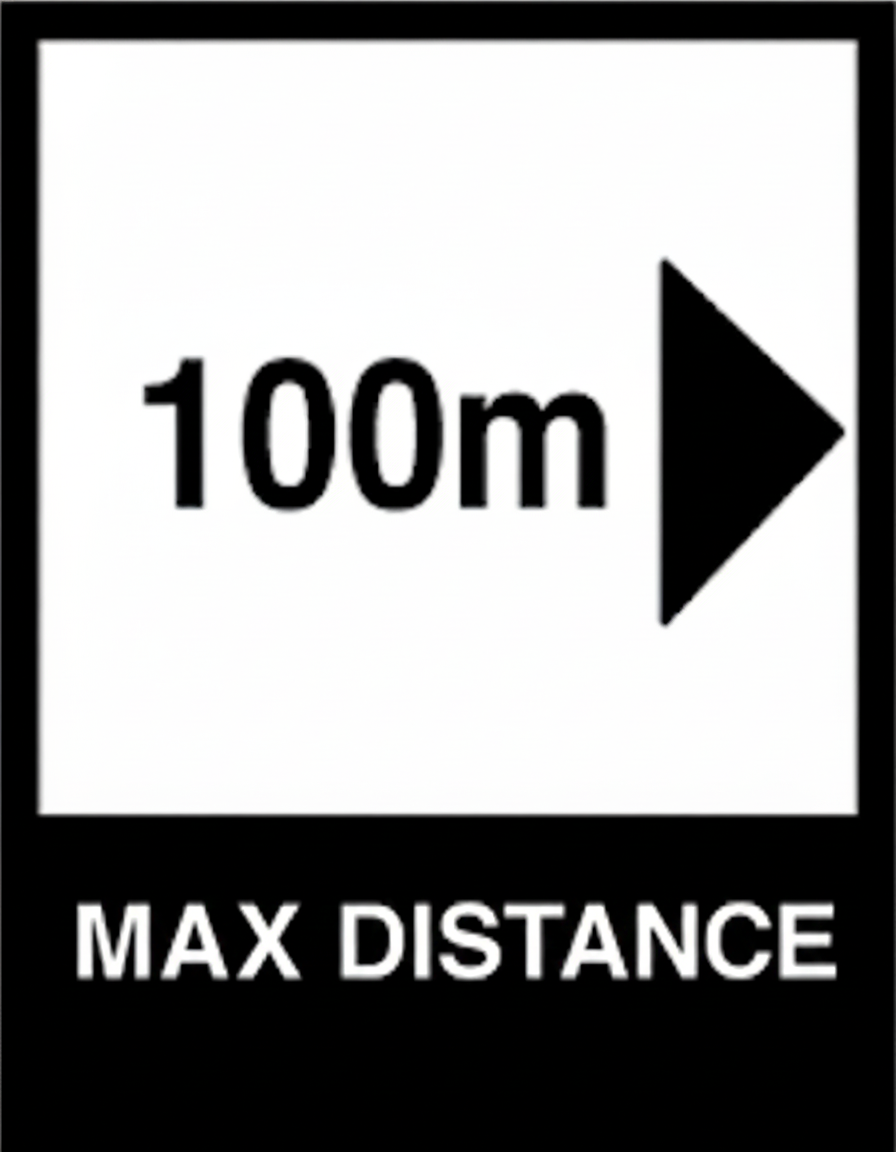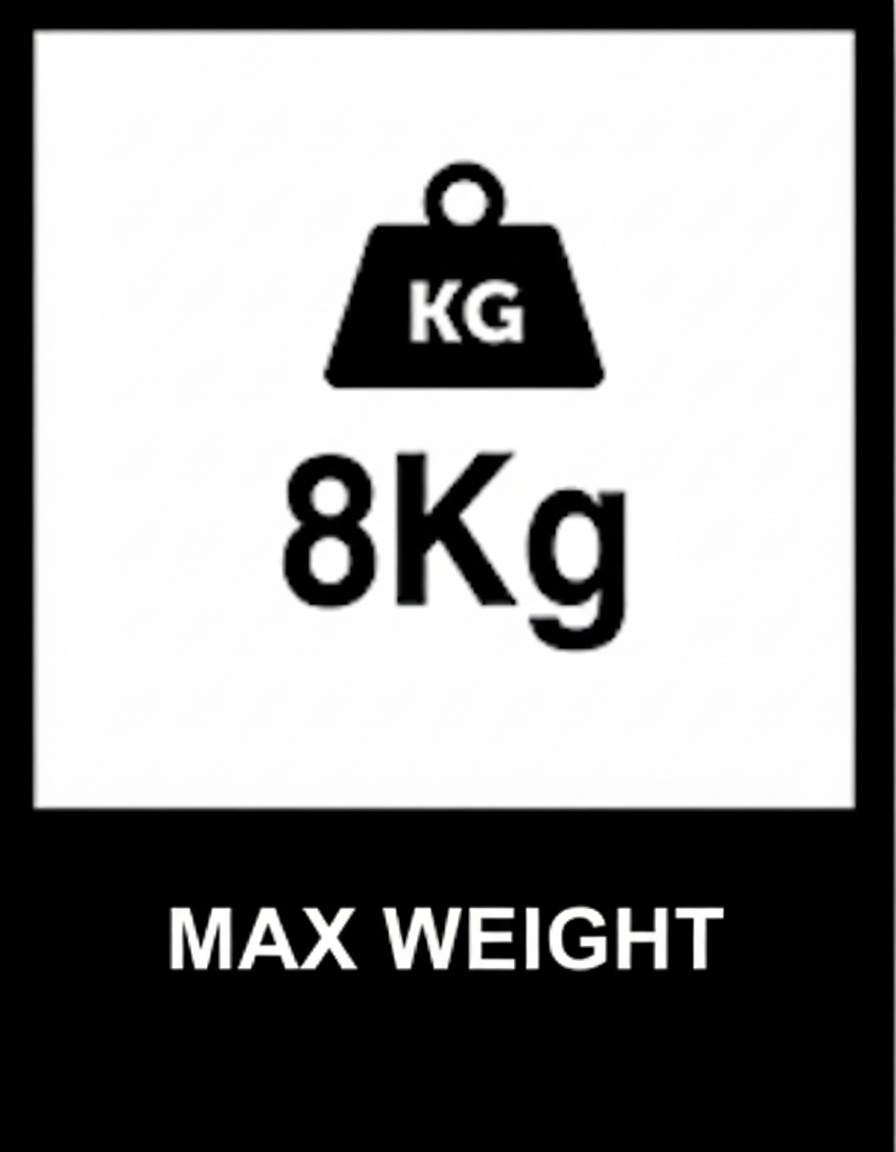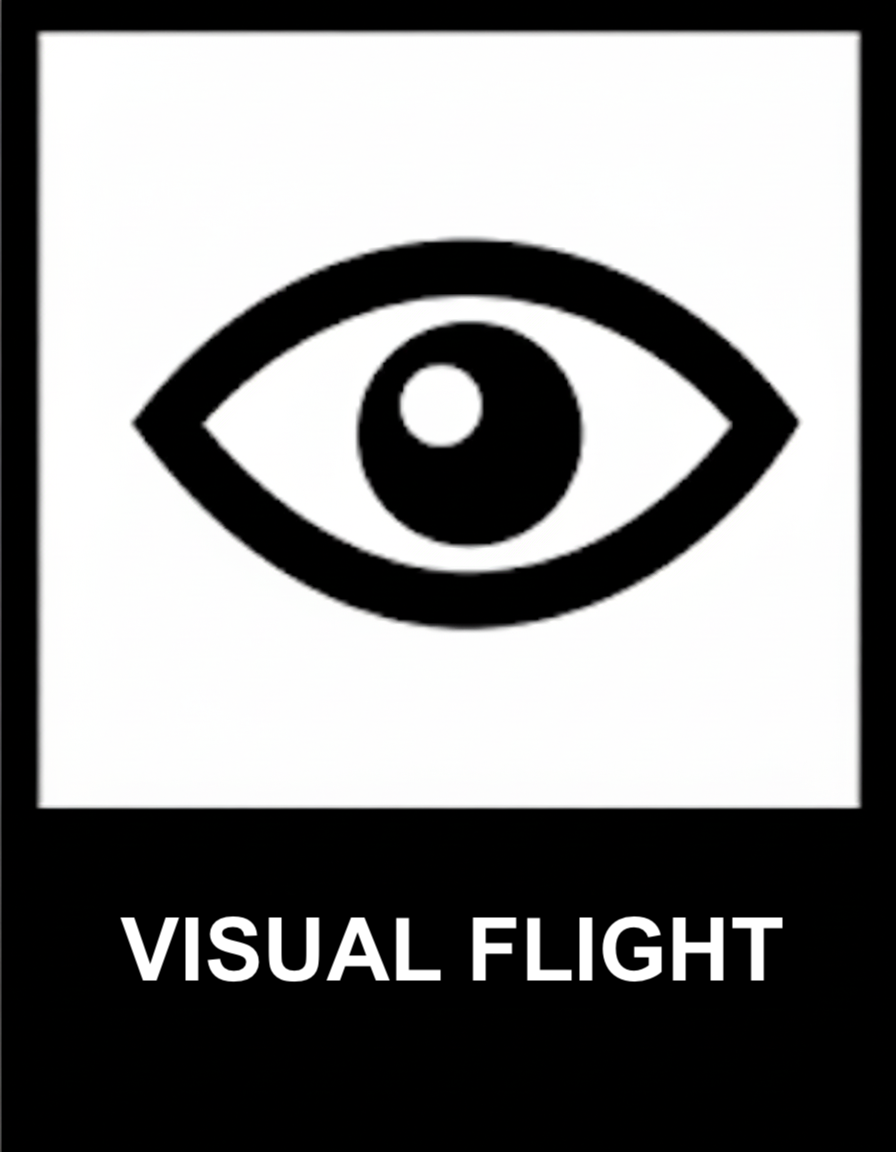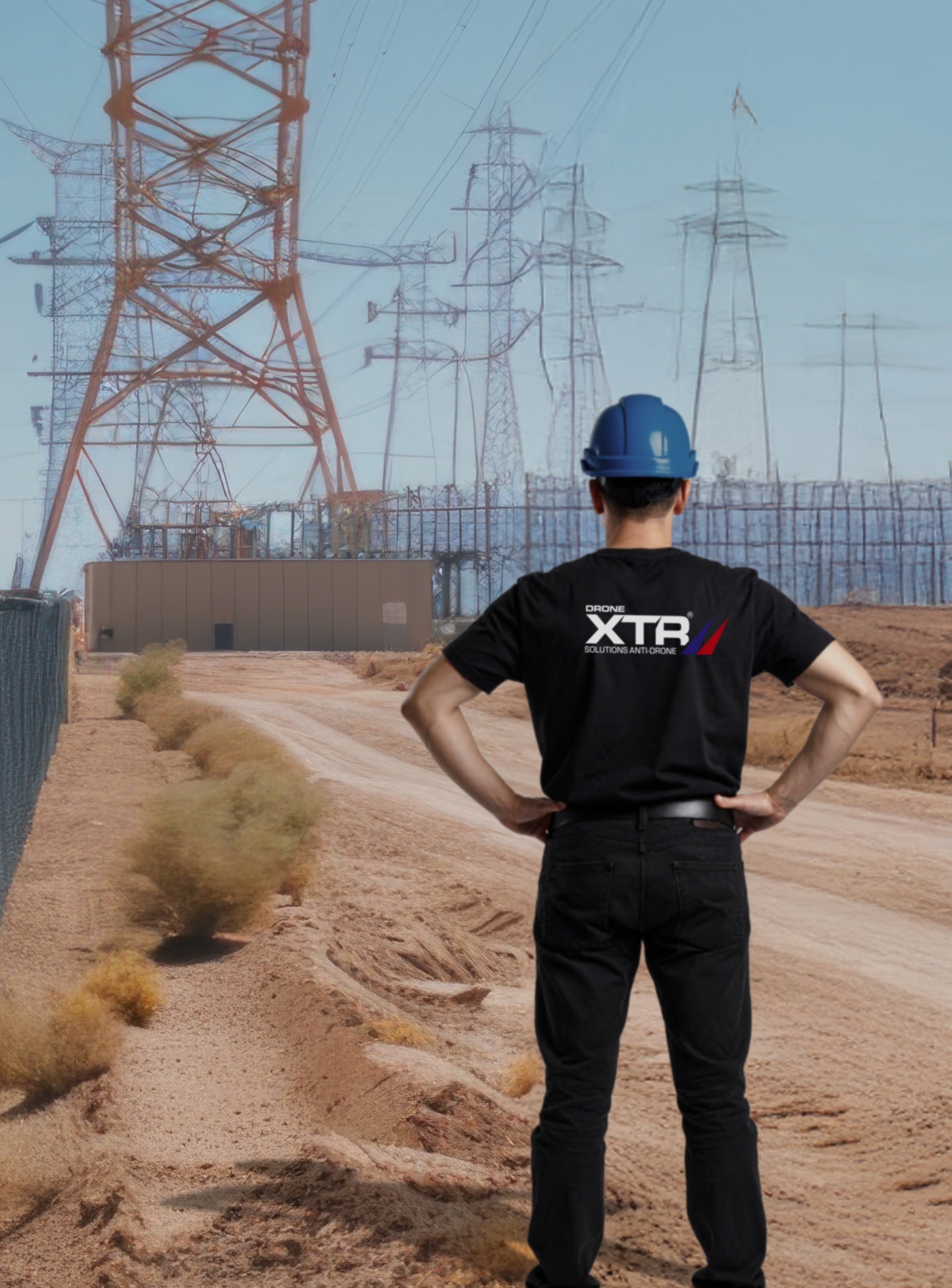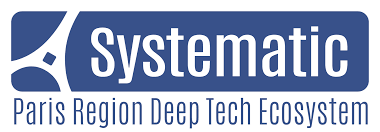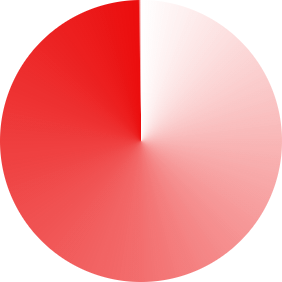Detection
1. Global Security Law
Chapter I of Title I of Book VI of the Internal Security Code is supplemented by Article L. 611-3, which reads as follows:
“Art. L. 611-3.-The agents referred to in Article L. 611-1 may use radio, electronic, or digital means to detect, in the vicinity of the property under their guard, unmanned aircraft that may pose a threat to the security of that property and the people on it. They may use and, if necessary, transmit the information gathered to the government agencies responsible for internal security and national defense.”
2. Overview of the Global Security Law
Amendment No. CL393 – Submitted on Tuesday, November 3, 2020
Current regulations are insufficient to meet the demand for protection against malicious drone flights, as they do not allow private security agents to carry out detection activities beyond the perimeter under their guard.
The drone threat requires in-depth action. A standard drone flying at nearly 60 km/h can cover nearly 1,000 meters in one minute.
Examples such as the disruption of Gatwick Airport from December 19 to 21, 2018, by activists using drones, or the demand from industrial sites such as Airbus for protection against industrial espionage, as well as the need to protect sensitive sites, show that this demand corresponds to a real need that goes beyond the threat of terrorism. As internal security forces are not able to respond to all of these challenges and are not always equipped to do so, it is essential to extend the ability to detect drones approaching the property under their protection to security agents.
This capability will also be particularly useful in protecting a multitude of sites and events in the context of JOP2024.
This detection will, at a minimum, enable legal proceedings to be brought for illegal flights with evidence that cannot currently be collected. Thanks to electronic reporting, which has recently become mandatory for all drones weighing more than 800 grams (L. 34-9-2 of the French Postal and Electronic Communications Code), officers will be able to use the information received, i.e., collect the drone’s identification number and transmit it to the internal security forces, who, in the event of an offense, will be able to search for and prosecute the owner.
Finally, in cases where the flight poses a threat, particularly a terrorist threat, it will enable the internal security forces to be alerted, who will then decide whether to neutralize the drone. This detection will also enable the managers of the sites concerned to take internal mitigation measures (alert, confinement, cessation of activities, evacuation, etc.).
